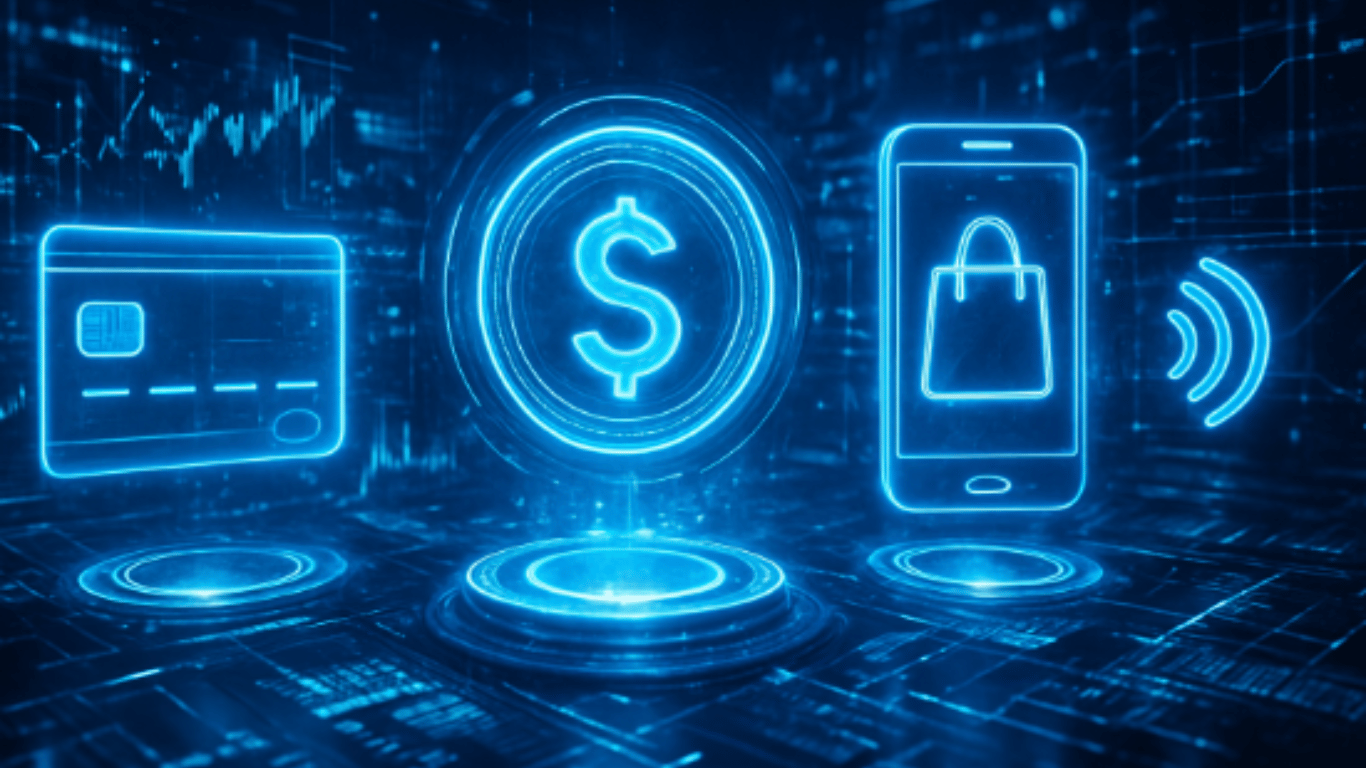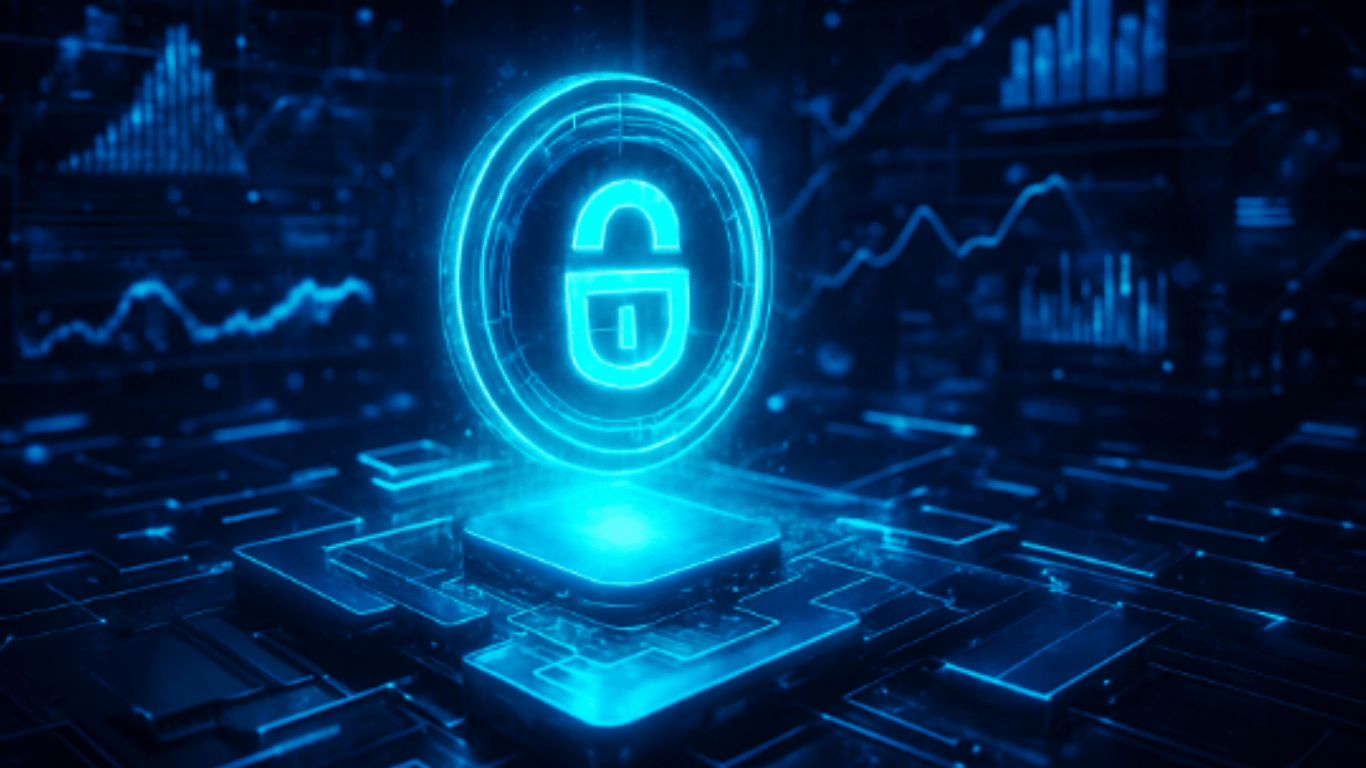Discover top fintech news and events!
Subscribe to FinTech Weekly's newsletter
Read by executives at JP Morgan, Coinbase, Blackrock, Klarna and more
Islamic Decentralized Finance (DeFi) is carving out a unique space in the financial world by merging the ethical foundations of Islamic finance with blockchain technology's innovative tools. As a Sharia-compliant subset of DeFi, it addresses a growing demand for decentralized, halal financial solutions. To appreciate its rise, we must first understand how global and Islamic finance dynamics created a market ripe for Islamic DeFi’s emergence.
1. Why Islamic DeFi Matters
Islamic Decentralized Finance (Islamic DeFi) merges the ethical foundations of Islamic finance with blockchain technology, uniquely positioning itself to:
- Channel a portion of the rapidly growing demand for Islamic finance products into the decentralized finance ecosystem.
- Provide Sharia-compliant solutions using decentralized tools such as blockchain and smart contracts.
- Expand ethical financial accessibility globally without traditional geographic or institutional constraints.
Islamic DeFi specifically addresses Muslims who view conventional DeFi as incompatible with Islamic principles, primarily due to the presence of interest-based mechanisms and speculative elements. With approximately 1.9 billion Muslims globally (Pew Research, 2023), many individuals in this demographic remain underserved or entirely excluded from decentralized financial services. This exclusion arises from the limited availability of fully Shariah-compliant protocols and the complexity involved in identifying and verifying Shariah-compliant features within existing, widely-adopted DeFi solutions.
The potential for Islamic DeFi is strongly supported by the sustained global growth of Islamic finance, which continues to demonstrate robust demand and expansion worldwide: Islamic finance assets totaled $3.5 trillion in 2024, projected to exceed $8 trillion by 2032.
It is a market with a compound annual growth rate (CAGR) of 12%, driven by ethical and inclusive financial principles and strong demand from emerging markets including the Middle East, Southeast Asia, and Africa. The global Sukuk market alone (Bond-like financial instruments backed by Real World Assets) reached $930 billion outstanding in 2024, expected to surpass $1 trillion in 2025 (Fitch Ratings, 2025).
Source: https://www.businessresearchinsights.com/market-reports/islamic-finance-market-117727
2. A Promising Ecosystem
Recent developments underscore the rapid adoption of crypto in these regions. For example, Binance CEO CZ recently joined the Pakistan Crypto Council as an advisor, highlighting the growing institutional interest in digital assets. Meanwhile, crypto adoption has surged by over 170% in Indonesia, with Saudi Arabia and Qatar recording growth rates of 150% and 120% respectively. Even in the Emirates, where crypto adoption started earlier, the market continues to expand with a growth rate exceeding 50%.
To provide a clear visual comparison, the diagram below illustrates crypto adoption rates in key growing Islamic countries alongside the averages observed in the European Union and USA.
Sources: https://www.statista.com/outlook/fmo/digital-assets/cryptocurrencies/saudi-arabia
https://www.statista.com/outlook/fmo/digital-assets/cryptocurrencies/turkey
https://fintechnews.my/47746/blockchain/malaysia-cryptocurrency-policy-future-anwar
https://thearabianpost.com/uae-emerges-as-global-leader-in-cryptocurrency-adoption/
https://www.unlock-bc.com/129330/mena-crypto-growth-report-2024/
https://www.ukm.my/jurnalpengurusan/wp-content/uploads/2023/01/jp_65-1.pdf
3. Current Status and Future Potential
Although the potential target market for Islamic DeFi is enormous, its current adoption remains limited:
- Current total value locked (TVL) in Islamic DeFi is under $50 million (DeFiLlama, 2024).
- Represents less than 0.05% of the overall DeFi market, highlighting both a challenge and an opportunity.
Reasons for limited adoption include:
- Ecosystem Development Approach:
Existing Islamic DeFi platforms tend to build entirely new ecosystems that are 100% Sharia-compliant rather than leveraging established platforms. - Market Skepticism and Volatility:
Ongoing skepticism towards crypto markets and their inherent volatility restrict broader adoption. - Awareness and Educational Outreach:
Limited awareness and insufficient educational efforts lead to misunderstandings and mistrust regarding Sharia compliance. - Sharia Compliance Standardization:
Varied interpretations of Sharia compliance create challenges for standardization, complicating cross-border scalability and adding compliance costs (approximately $15,000–$20,000 per startup). - Limited Competitive Yield Barriers:
After excluding leveraged strategies, speculative gambling mechanisms, and interest-based platforms, Islamic DeFi inherently offers lower yields compared to conventional DeFi. Consequently, it faces direct competition from more established yield-generating markets such as stock markets, real estate investments, private equity, and traditional Islamic financial instruments like Sukuk, which can deliver comparable returns.
The Path Forward for Islamic DeFi
Islamic DeFi uniquely stands at the crossroads of ethical finance and technological innovation. With rapidly growing ecosystems in the GCC and Islamic South Asia, its potential is immense—anchored by the $4.5 trillion Islamic finance market and rising crypto adoption.
However, the pathway to success lies in overcoming standardization challenges and enhancing user education. By clearly demonstrating how decentralized finance aligns with Sharia principles, Islamic DeFi can empower those previously excluded from traditional financial services, driving both inclusion and diversified investment opportunities.













